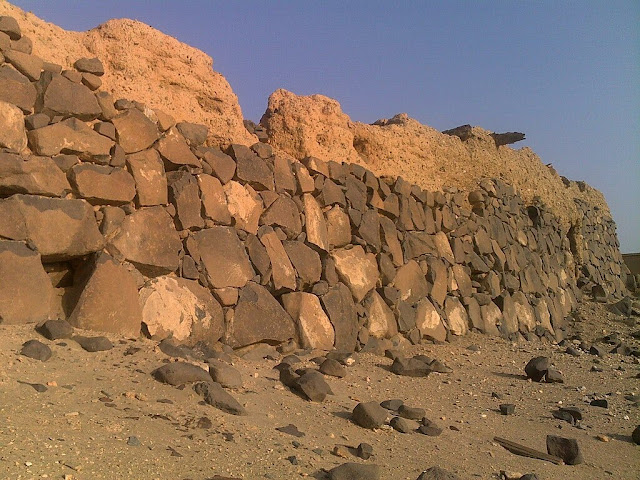Science is Fun Fridays!
In the desert of northern Peru is an ancient earthen wall known as the Muralla La Cumbre.
It was built near the capital city of Chan Chan, home to the Chimú people, who lived around the 9th-15th century. In 1470, they were conquered by the Incas.
The wall was constructed during the 13th and 14th centuries and spans across 6 miles. Anthropologists believed it was meant to protect farmlands from invaders, especially since there are accounts of a long-lasting war between the Chimú and Incas in 1400.
But new evidence suggests it was built to protect them from devastating floodwaters during El Niño - a climate fluctuation where winds along the equator are weaker, pushing warm water back east along the west coast of the Americas. This causes the Pacific jet stream to move south and extend, bringing moisture with it.
Gabriel Prieto, from the Department of Anthropology at the University of Florida, found layers of sediment on just one side of the wall, and that the lower parts of the wall were built as early as 1100.
One of the layers suggests a massive flood in 1450, which is from the same time as evidence found of a mass sacrifice at another Chimú site. Prieto says this shows that while they attempted to please their gods with human and animal sacrifices, they also made technical and effective infrastructure to combat the negative effects of the weather.





Comments
Post a Comment